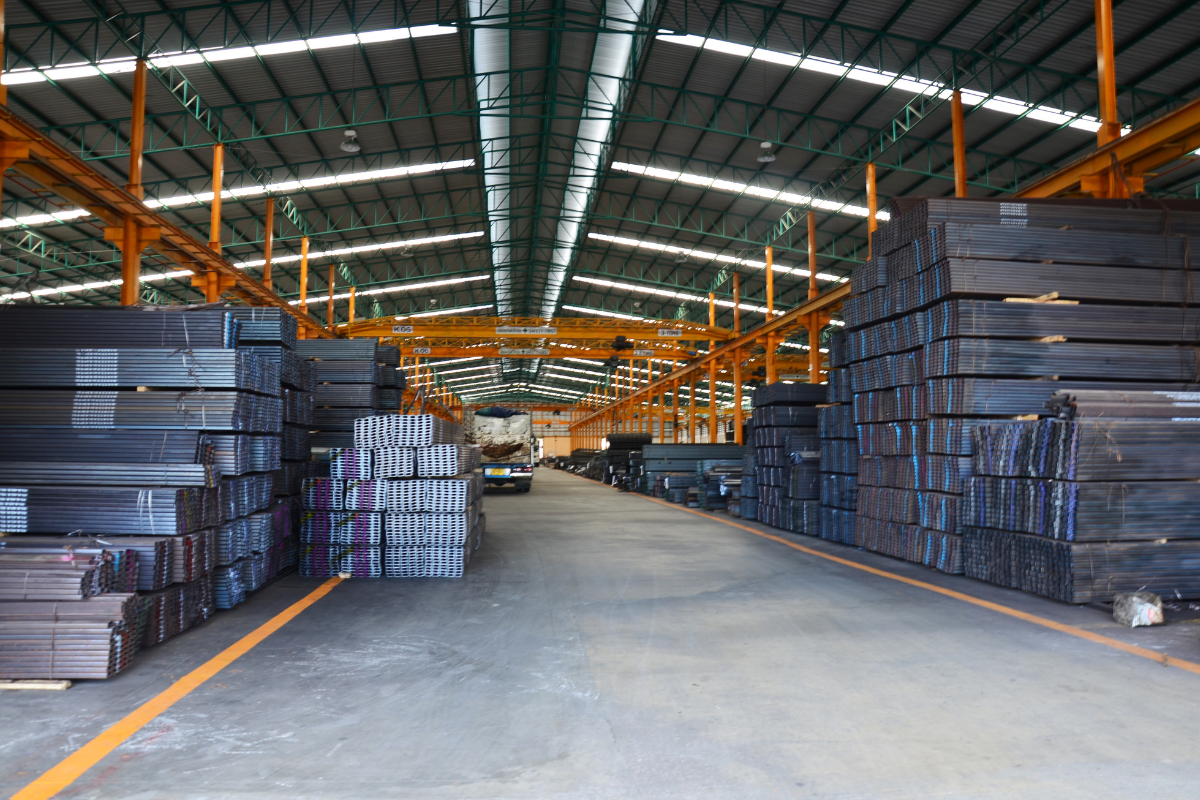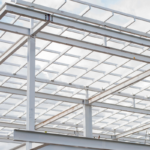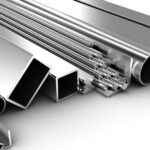In today’s competitive business landscape, cost savings and return on investment (ROI) are paramount considerations for any organization.
Choosing suitable materials and methods for construction projects can significantly impact the bottom line.
One material that consistently proves to be cost-effective and yields high ROI is steel. This article tells you why businesses prefer a commercial steel building and why steel is their first preference for most projects.
Post Contents
Durability And Longevity
Steel’s unparalleled durability is a testament to its exceptional qualities in withstanding the test of time and harsh environmental conditions.
Its robustness extends far beyond that of many other construction materials, making it a preferred choice for various applications.
Steel’s remarkable strength and resistance to corrosion, combined with its non-rotting and warp-resistant properties, ensure that it remains virtually impervious to the ravages of time and nature.
The longevity of steel structures can be measured not just in years but in decades, and sometimes even centuries.
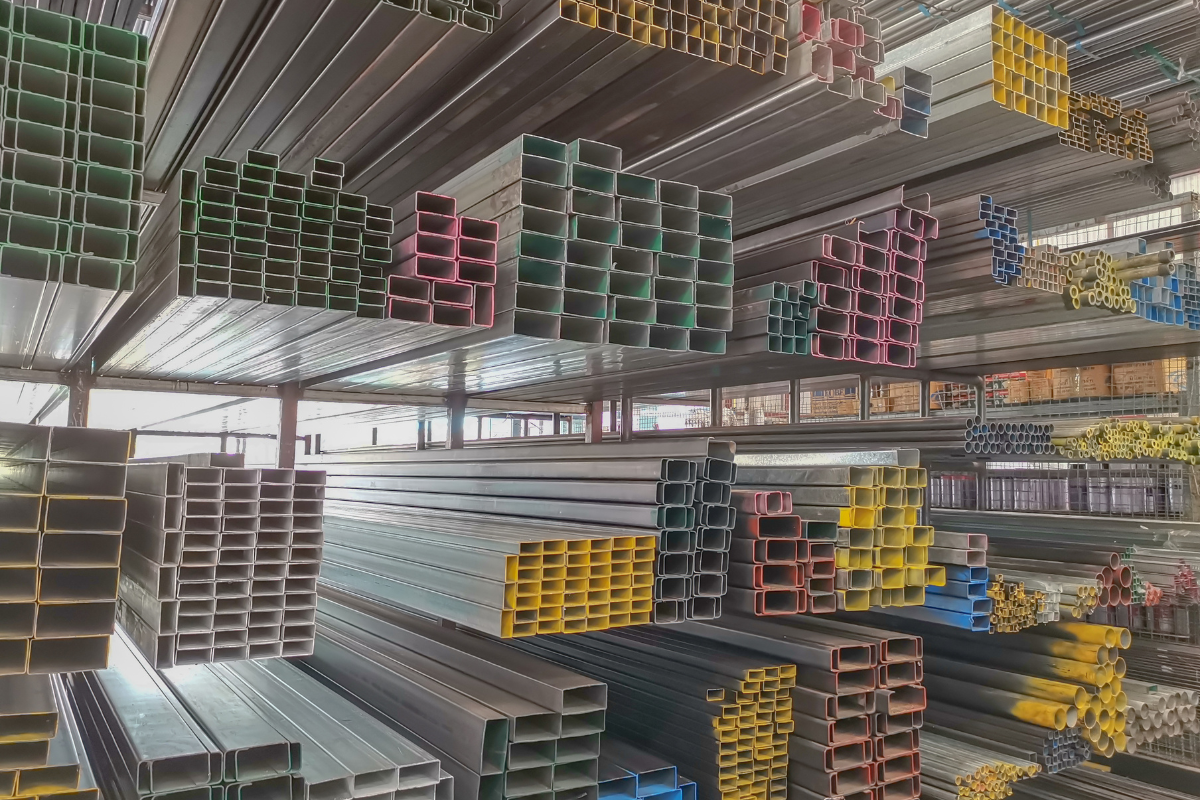
This extended lifespan proves to be a significant advantage, particularly for businesses and industries that rely on the stability and longevity of their structures.
Steel’s capacity to endure the passage of time with minimal wear and tear reduces the frequency of maintenance interventions and repairs, ultimately leading to substantial cost savings over the long term.
Businesses that invest in steel construction can enjoy the peace of mind that their structures will remain steadfast and reliable for generations.
This reliability is a testament to the enduring strength of steel and its ability to withstand the challenges of time and environmental factors, ensuring that businesses can continue to reap the benefits of their initial investment, secure in the knowledge that their structures will stand strong for many years to come.
Speed and Efficiency
Time is money in the business world, and steel construction offers substantial time savings compared to other methods. Steel structures can be fabricated off-site, minimizing on-site construction time.
This reduces labor costs and the potential for project delays. Further, the versatility of steel allows for efficient construction in various weather conditions, ensuring that projects stay on schedule and within budget.
Cost Predictability
One of the biggest advantages of steel construction is cost predictability. Unlike some materials that are subject to price fluctuations, steel prices tend to be more stable over time.
This predictability allows businesses to accurately budget for their construction projects without the risk of unexpected cost increases.
It also facilitates better ROI calculations, as companies can confidently forecast expenses.
Energy Efficiency
In an era of growing environmental consciousness, energy efficiency is a key business consideration. Steel construction offers inherent energy-saving benefits.
Steel structures can accommodate thicker insulation, reducing heating and cooling costs. Steel roofs and walls can reflect sunlight, reducing the requirement for artificial lighting and air conditioning.
These energy-efficient features contribute to cost savings and align with sustainability goals.
Design Flexibility
The flexibility of steel as a construction material is another reason businesses prefer it.
Steel’s inherent malleability enables the creation of diverse forms and dimensions, fostering room for inventive and visually captivating designs.
This design flexibility opens the door to creating highly functional and visually appealing structures which can enhance a business’s brand image and customer appeal.
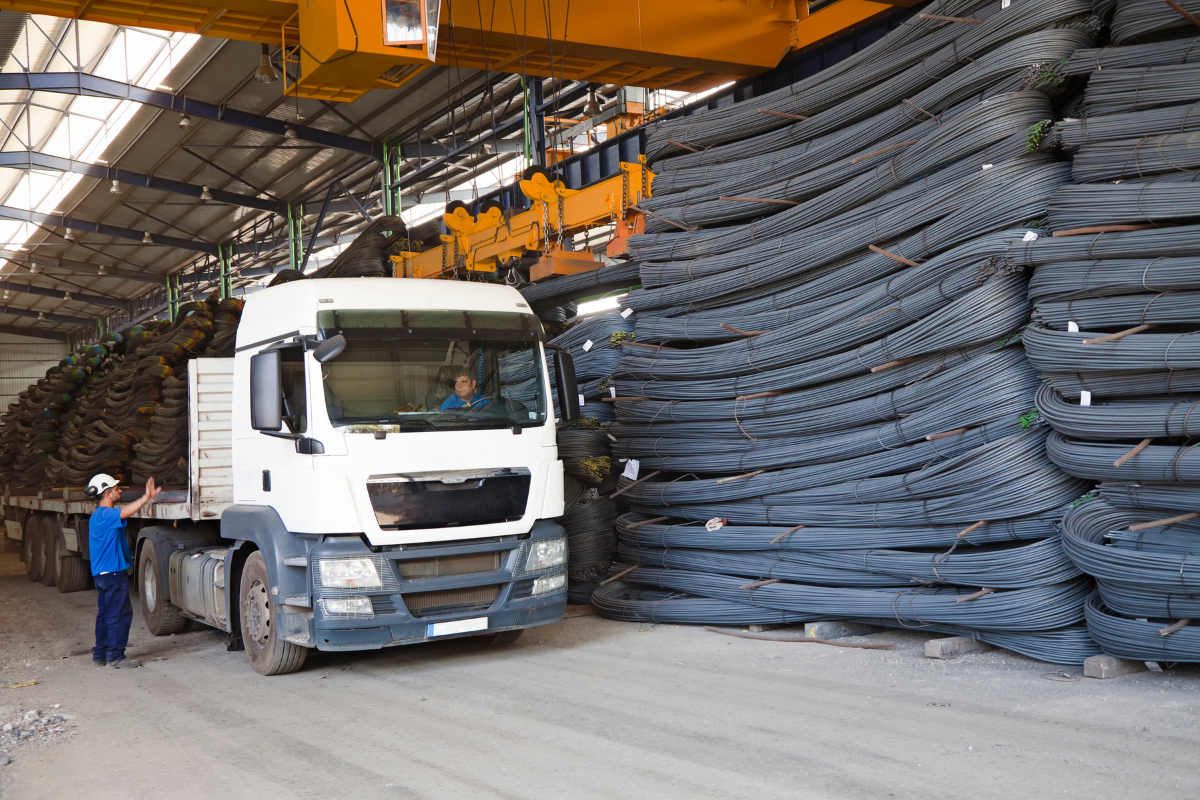
Safety and Compliance
Ensuring a construction project’s safety is paramount, and steel construction offers inherent safety advantages.
Steel structures are highly fire-resistant and can withstand extreme weather conditions, reducing the risk of accidents and damage.
Moreover, steel construction materials are often manufactured with strict quality control standards and comply with industry regulations, ensuring that businesses meet safety and compliance requirements.
Reduced Waste
Reducing waste in construction is not just a matter of environmental responsibility; it also aligns with the core principles of efficiency and cost-effectiveness that underpin steel construction.
When it comes to steel components, precision is paramount. These components are meticulously pre-fabricated to exact specifications, ensuring that each piece fits seamlessly into the construction puzzle.
This precision minimizes on-site waste, as there are fewer errors, adjustments, or discarded materials during the construction process.
The advantages of waste reduction extend beyond environmental considerations. Lower on-site waste means reduced disposal costs for businesses.
Additionally, many regions and municipalities offer tax incentives and credits to encourage environmentally responsible construction practices.
By minimizing waste through the use of steel, businesses not only contribute to a more sustainable future but also position themselves to take advantage of potential financial benefits and recognition for their commitment to eco-friendly building methods.
In essence, the efficiency-driven approach of steel construction not only streamlines the building process but also reduces waste generation, offering a win-win scenario where businesses can promote sustainability, lower costs, and potentially gain tax advantages through their construction choices.
Scalability and Expansion
Steel construction offers unparalleled scalability. It is relatively easy to modify or expand steel structures to accommodate changing business needs.
This adaptability reduces the cost and disruption associated with facility expansions, making it an attractive choice for businesses anticipating growth.
In conclusion, the preference for a commercial steel building in the business world is driven by its exceptional durability, efficiency, cost predictability, energy efficiency, design flexibility, safety benefits, waste reduction, and scalability.
These advantages collectively contribute to substantial cost savings and a high ROI, making steel construction an investment that pays off in the long run.







